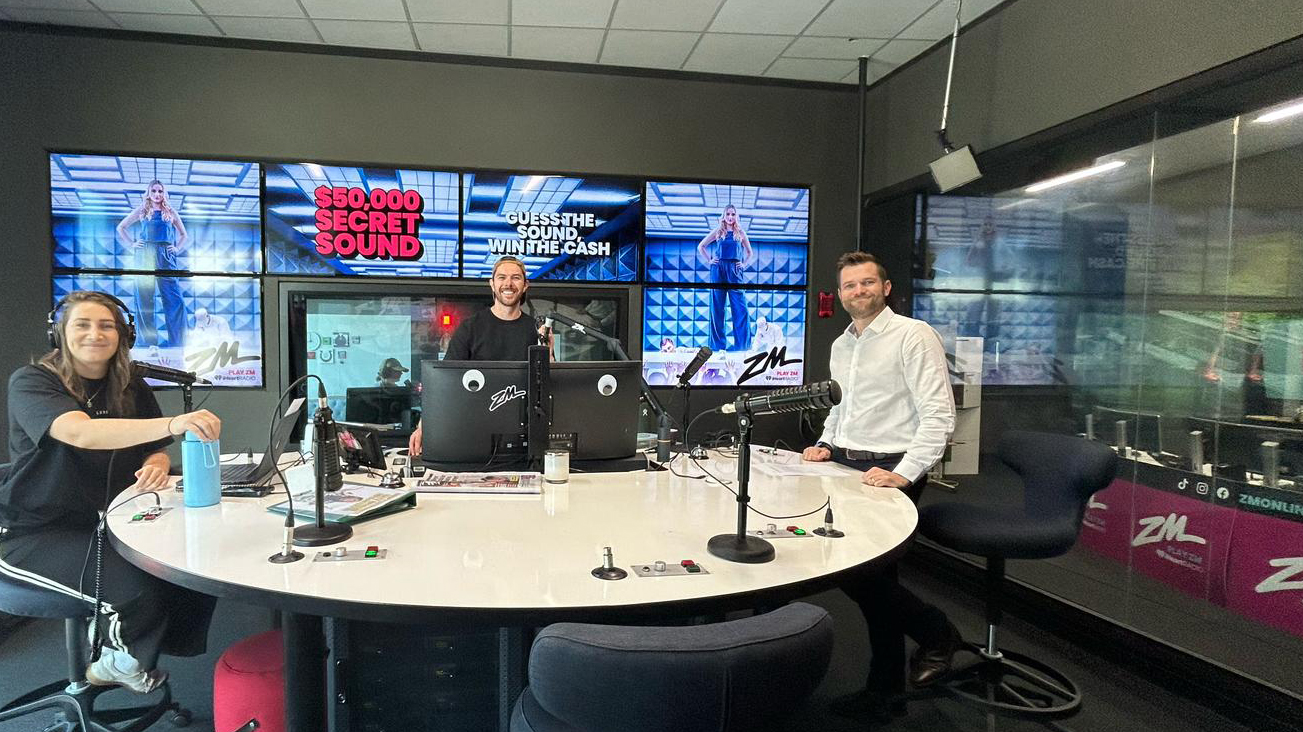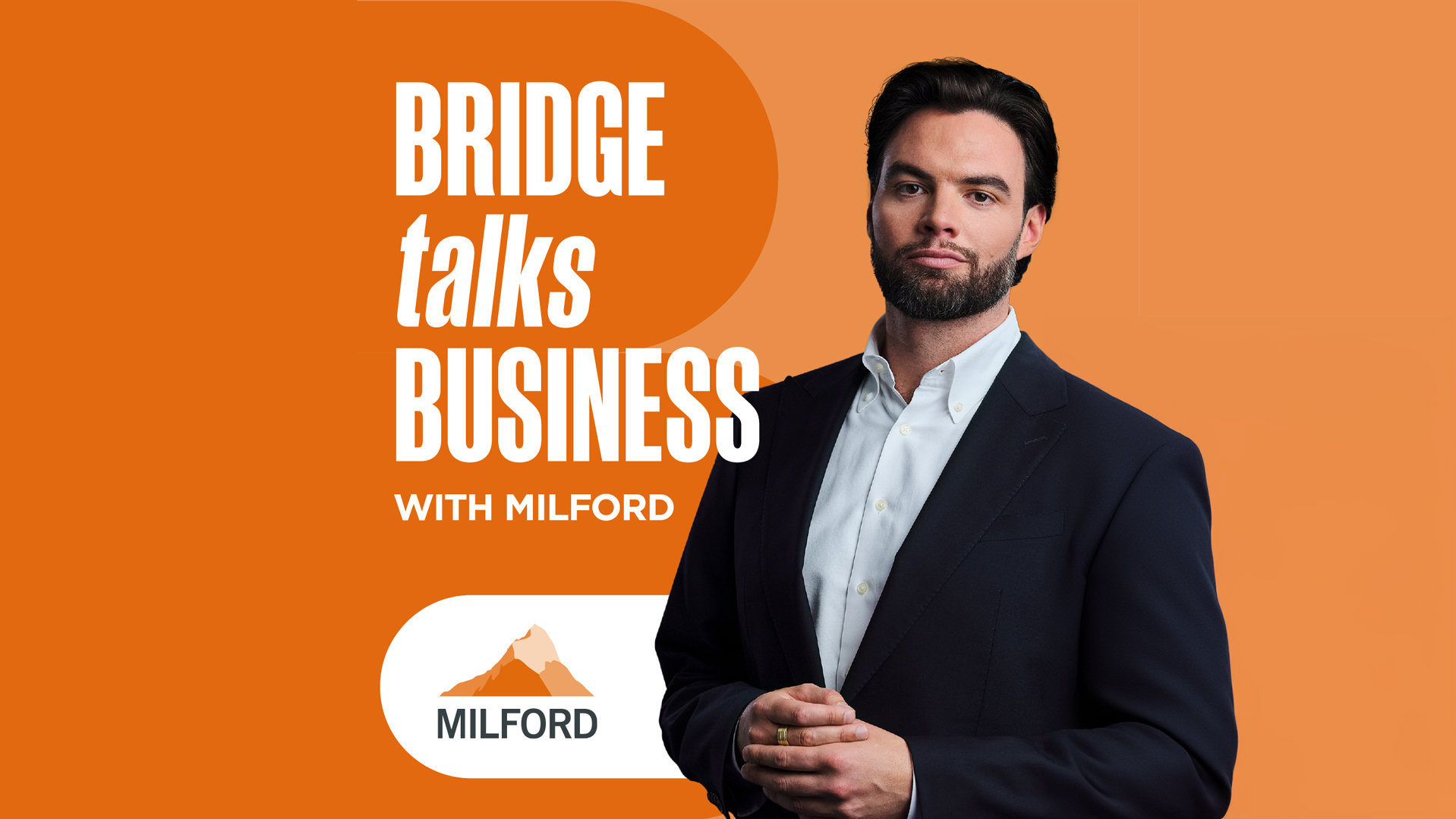It is important for investors to understand the difference between passive, relative and absolute funds, particularly in light of the increasing popularity of KiwiSaver and portfolio investment entities (PIEs).
An appreciation of these three investment styles will also assist in understanding how the sharemarket works and why there can be exaggerated share price movements, including Xero in recent months.
A passive or index fund is where a manager invests in companies in exact proportion to the weighting of companies in a designated index.
For example, Fletcher Building has a weighting of 11.9 per cent in the benchmark NZX 50 Gross Index and our largest listed company will have exactly the same weighting in a passive or index fund that tracks this index.
Passive funds have relatively low fees because the manager makes no investment decisions, the investment process is mechanical.
Fund inflows are used to purchase shares in the exact proportion of the weighting of companies in an index.
The world’s largest investment fund is the US$273 billion Vanguard Total Stock Market Index Fund, which is designed to provide investors with an exposure to the entire US equity market, including large and small cap companies.
The fund is managed by a computer and has an expense ratio of 0.17 per cent.
The positive features of passive funds are their relatively low fees and the ability to fully participate in sharemarket rises.
However, the main negative is that they will decline in line with the market when the market falls. These computer-driven funds have no ability to protect wealth when the targeted index suffers a sharp fall.
The following is a brief description of the NZX’s major indices, the NZX 50 Index and the NZX 50 Portfolio Index.
The NZX 50 Index includes 50 of the largest and most liquid securities traded on the New Zealand sharemarket. Companies are weighted according to their free float capitalisation whereby shares owned by major shareholders – including the Crown in Air New Zealand and Origin Energy in Contact Energy – are excluded from a firm’s capitalisation.
The NZX 50 Portfolio Index contains the same companies as the NZX 50 Index but has a weighting cap of 5 per cent.
Once a security has been capped, its actual index weight is allowed to fluctuate between 2.5 per cent and 7 per cent, as the price of that security and other securities in the index moves.
Although the two indices have the same companies their weighting is materially different, with Fletcher Building representing 11.9 per cent of the NZX 50 Index but only 3.4 per cent of the NZX 50 Portfolio Index while Xero has a 5 per cent weighting in the former and 6.3 per cent in the latter.
In the past 12 months Xero’s NZX 50 Portfolio Index weighting has surged from 1.3 per cent to 6.3 per cent while Chorus has fallen from 4.1 per cent to 1.7 per cent.
Xero has the largest weighting in the NZX 50 Portfolio Index and this has been a contributing factor to the superior performance of this index, compared with the NZX 50 Index, in recent months.
New inflows into a passive NZX 50 Portfolio Index fund will be invested 6.3 per cent in Xero and 1.7 per cent in Chorus even though some investors may believe that the former is overvalued and the latter undervalued.
The second form of investing is the relative approach whereby the objective of a fund is to outperform a specific sharemarket index. A relative fund has an active manager compared with a passive fund, which is computer driven.
Relative funds have traditionally been far more popular in New Zealand than passive or absolute funds.
A relative fund manager, who is benchmarked against the NZX 50 Portfolio Index, will take positive or negative positions relative to the stock weightings of this index.
For example, if the manager has 7 per cent of the portfolio in Fletcher Building then he or she is “over weight” that company compared with the NZX 50 Portfolio Index. If 5.3 per cent is in Ryman Healthcare then the fund is “market weight” the retirement village operator and if it has 1 per cent in Mighty River Power the fund is “under weight” the electricity generator.
The performance of relative funds, compared with their benchmark indices, is highly dependent on a manager’s ability to identify the correct “over weight”, “market weight” and “under weight” positions.
An exceptionally good New Zealand relative manager can outperform a benchmark index by 4 to 8 percentage points a year over an extended period.
Xero has created a huge problem for relative New Zealand equities managers because many of them do not own the stock or are substantially “under weight”.
If Xero’s share price rise continues then “under weight” relative managers will either have to capitulate and buy Xero shares or accept that it will be extremely difficult to outperform their benchmark index.
One of the challenges for relative managers is to anticipate index changes and purchase or sell shares in companies that will enter or exit their benchmark index.
In the past 12 months A2 Corporation, Fonterra Shareholders’ Fund, Mighty River Power and Z Energy have joined the two NZX 50 indices while New Zealand Refining, PGG Wrightson, Pumpkin Patch and Telstra have been dropped.
Meridian Energy is expected to join the NZX 50 indices next month with Hallenstein Glasson the number one candidate to be ditched.
New index inclusions usually outperform companies that are dumped.
A2 Corporation, the only non-IPO stock to be added in the past 12 months, has had a total return of 25.8 per cent over this period while NZ Refining has fallen 17.1 per cent and Pumpkin Patch has had a negative 25 per cent return since mid-November 2012.
PGG Wrightson is an exception to this rule with a positive return of 27.3 per cent over the past 12 months.
The absolute fund approach is widely used in the United States but is relatively new in this country.
The main objective of an absolute fund is to achieve a set return per year, usually between 7 per cent and 10 per cent, regardless of market conditions. Most absolute funds are index agnostic, meaning they have no requirement to replicate or beat a sharemarket index.
They also have the ability to move out of shares, and into cash, when the manager has a pessimistic view of sharemarket prospects.
By comparison, passive funds are always fully invested in the sharemarket while relative funds are usually 80 per cent or more invested, regardless of market conditions.
The best way to look at these three fund types is in terms of anticipated performances.
If a sharemarket achieves an annualised return of 20 per cent a year over a number of years then a passive fund will achieve the same return; an exceptionally good relative manager will achieve between 24 per cent and 28 per cent a year; and an absolute fund up to 20 per cent.
By contrast, if sharemarkets fall by 20 per cent a year over a number of years then a passive fund will be down by the same amount; a well-managed relative fund will fall by 12 per cent to 16 per cent a year while an absolute fund will be hoping to achieve a small positive return.
Passive funds have lower fees but greater sharemarket risks while relative funds have some defensive qualities. Absolute funds should be able to protect investors from sharp sharemarket falls but will not fully participate in strong bull markets.
Index weightings; Fletcher Building & Xero in pole positions
|
|
NZX 50 Gross |
NZX 50 Portfolio |
|
Fletcher Building |
11.9% |
3.4% |
|
Telecom |
7.6% |
3.7% |
|
Ryman Healthcare |
7.0% |
5.3% |
|
Auckland International Airport |
6.3% |
4.9% |
|
Xero |
5.0% |
6.3% |
|
Sky Network Television |
4.4% |
5.4% |
|
SkyCity Entertainment |
4.0% |
3.8% |
|
Fisher & Paykel Healthcare |
3.8% |
4.8% |
|
Contact Energy |
3.3% |
4.0% |
|
Trade Me |
3.0% |
3.9% |
|
Infratil |
2.6% |
3.1% |
|
Mighty River Power |
2.6% |
3.2% |
|
Remaining 38 companies |
38.5% |
48.2% |
|
|
100% |
100% |
Brian Gaynor
Portfolio Manager
Disclosure of Interest: Milford Funds Ltd holds shares in all of the companies mentioned except Hallenstein Glasson, Fonterra, PGG Wrightson, Chorus and New Zealand Refining on behalf of clients.


